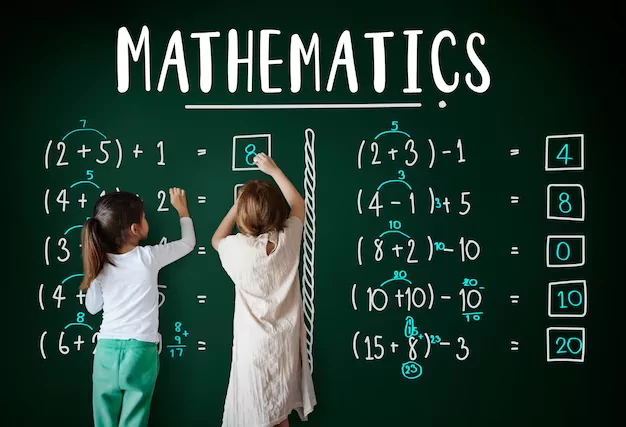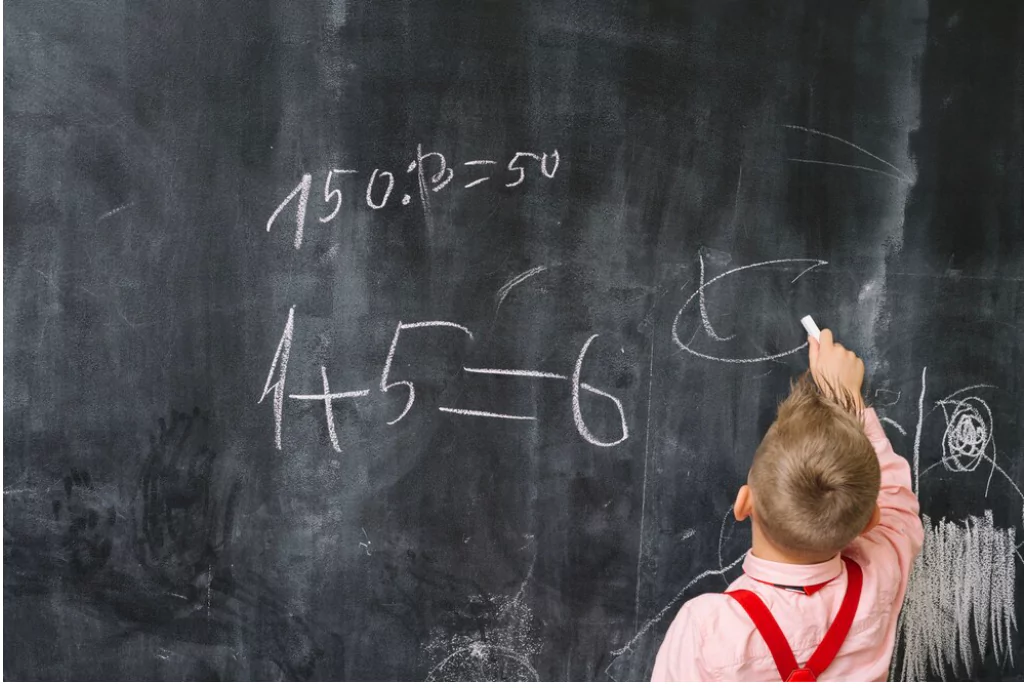
Update: This article was last updated on 7th Jun 2024 to reflect the accuracy and up-to-date information on the page.
I remember my paternal and maternal grandparents doing calculations without pen and paper. As farmers, they would indulge in a lot of calculations day in and day out.
After the calculation, they would ask us to cross-check the results, and their calculations’ hundred percent accuracy always amazed us. Not just straight calculations, they could multiply by 1.5 and 2.5 in the quickest manner possible. They were faster than calculators because they were extremely good at mental math.
Incredible, they were! How could they do that?
They practiced mental math skills in school. In those days, there used to be a lot of emphasis on mental math. And once again, there is a lot of buzz around mental math. Parents are analyzing and dissecting it to get under the skin of mental math and discover the secrets of mental math and its burgeoning popularity.
While educators are trying to sensitize about the benefits of mental math.
What is Mental Math?
Mental=Mind
Math=Calculations
Mental math is the process of performing calculations in your head rather than on paper or with a calculator. It can enhance a child’s math fluency, making it easier for them to tackle higher-level math. Developing mental math skills through simple, yet fun, math activities is an excellent way to stimulate your child’s mental abilities and improve their understanding of number facts.
How to get better at mental math?
We often find parents dwelling upon how to do mental math faster. How to learn mental math tricks. Let me tell you, it’s not rocket science.
Here are the six mental math tips that you should know:


Tip 1: Make it simple
Make it easy and simple. Start with easy calculations because children may find calculating large digit numbers overwhelming. So, the mental math strategies should include simplification of the problem. How will you simplify the problem? By shifting the values provisionally.
Example:
237+480=?
Step 1: Add 3 to 237
237+3=240
Step 2: 240+480= 720
Step 3: Subtract 3 from 720
720-3= 717
Answer: 237+480=717
The same can be applied to multiplication:
Example: 89×6=?
Step 1: Add 1 to 89
89+1=90
Step 2: Multiply 90 with 6
90×6 = 540
Step 3: Subtract 6 from 180
180-6= 534
Answer: 89×6=534
Calculating with multiples of 10 is easier for students, so shifting numbers makes it easier for them to do the calculations.
Tip 2: left to the right rule
Another popular mental math trick is learning to add and subtract from left to right. Left-to-right strategy is used to calculate 2 or 3-digit numbers.
Example: 33+49=?
Step 1: 30+40=70
Step 2: 3+9= 12
Step 3: 70+12=82
Answer: 33+49= 82
Once the child can absorb this, they start enjoying it and can solve problems in a jiffy.
Tip 3: Memorizing multiplication tables
Mathematicians feel memorizing multiplication tables helps in recalling things quickly. And it comes in handy in solving multiplication problems. Spencer Greenberg, a mathematician and founder of ClearerThinking, stresses memorizing these basic “building blocks” of math.
He says it helps in solving simple problems embedded within more difficult ones.
Tip 4: division hacks
I remember my class teacher teaching us some division tricks. She taught us that:
- A number ending with 0 can be divided by 10.
- Any number ending in a 0 or a 5 is divisible by 5.
There are other tricks as well:
- If you have to divide a number by 4, check the last two digits of the number. If the last two digits are divisible by 4, that means you can divide the entire by 4.
Example: 394324/4 = 98581
- If you have to divide a number by 9, add the number, and if the total sum is divisible by 9 that means that the number can be divided by 9.
Tip 5: Word Problems
Word problems are easy and can be done mentally. But the challenge with a word problem is to read it carefully and then apply the correct operation to estimate an answer.
For example, consider this question: “Each book costs $8 and each magazine costs $4. How much will 4 books and 7 magazines cost?”
This is a simple word problem, but students can make mistakes if they misinterpret it. The answer is:
1 book = $8
1 magazine = $4
Then, 4 books = 4 x $8 = $32
7 magazines = 7 x $4 = $28
So, the total cost of 4 books and 7 magazines will be $60. ($32 + $28)
Tip 6: Practice
Practice. Practice. Practice. There is no substitute for practice. And mental math is all about practice. The more you practice, the better you become.
Mental math is about doing math in your head. You can easily improve your skills by using simple tricks. Once you master them, you can move towards advanced tricks.
FAQs
1. How do you practice mental math?
The best way to practice mental math is by playing mental games or using mental math tricks.
2. What is the difference between mental math and traditional math?
In mental math, you solve problems without using pen, paper, or a calculator. In traditional math, you typically write out the solution or use a calculator.
3. Why do I struggle with mental math?
Struggling with basic mental calculations could be due to a learning disability or dyscalculia.
4. What are the best games for practicing mental math?
Popular websites for practicing mental math include Prodigy and Hit the Button.
Want to excite your child about math and sharpen their math skills? Moonpreneur’s online math curriculum is unique as it helps children understand math skills through hands-on lessons, assists them in building real-life applications, and excites them to learn math.
You can opt for our Advanced Math or Vedic Math+Mental Math courses. Our Math Quiz for grades 3rd, 4th, 5th, and 6th helps in further exciting and engaging in mathematics with hands-on lessons.

























My child struggles with basic addition and subtraction facts. How can he improve?
Practice makes perfect! Use flashcards or online games to make learning fun. Encourage them to sing number songs or chant addition/subtraction patterns.